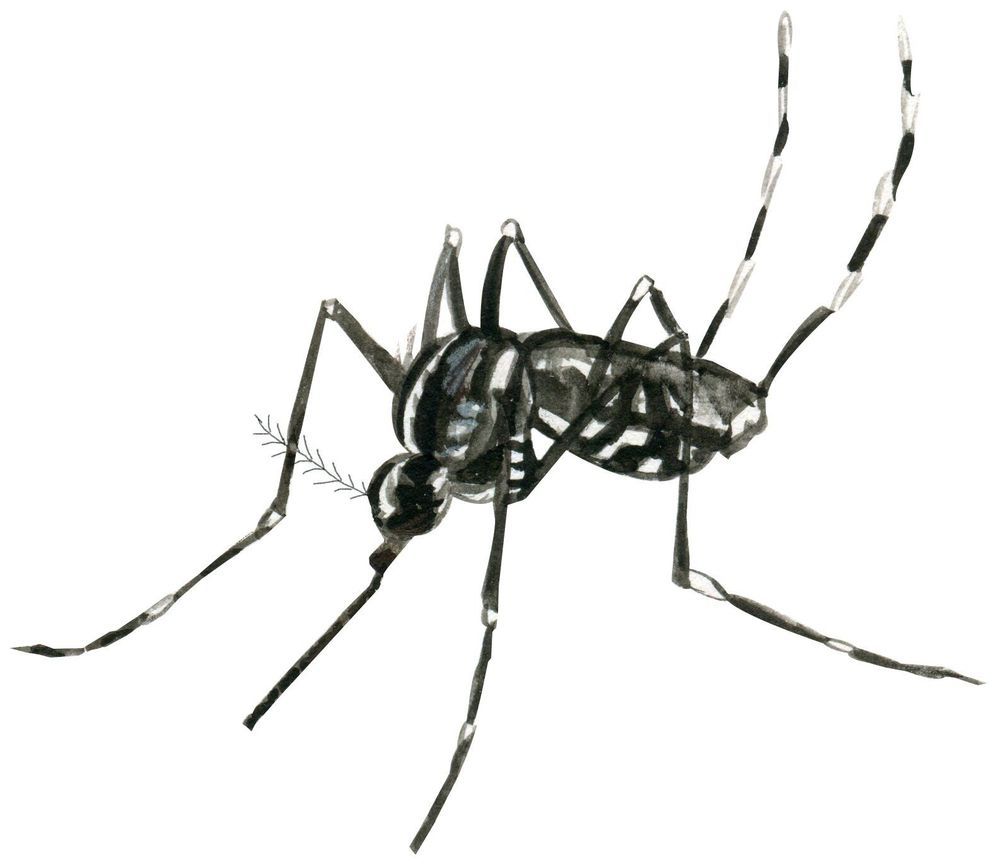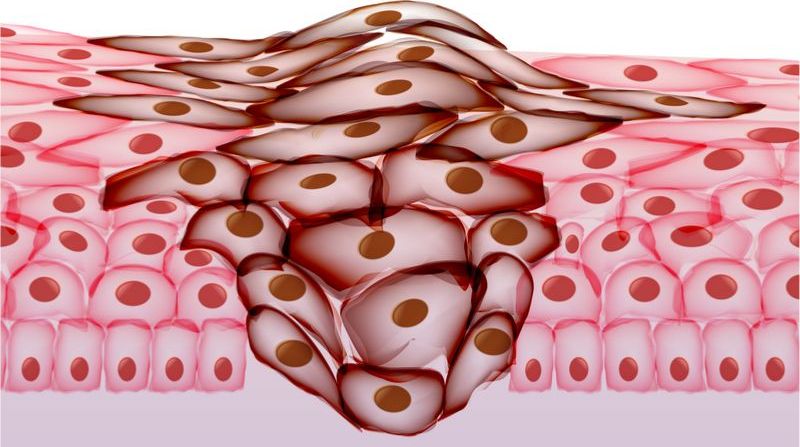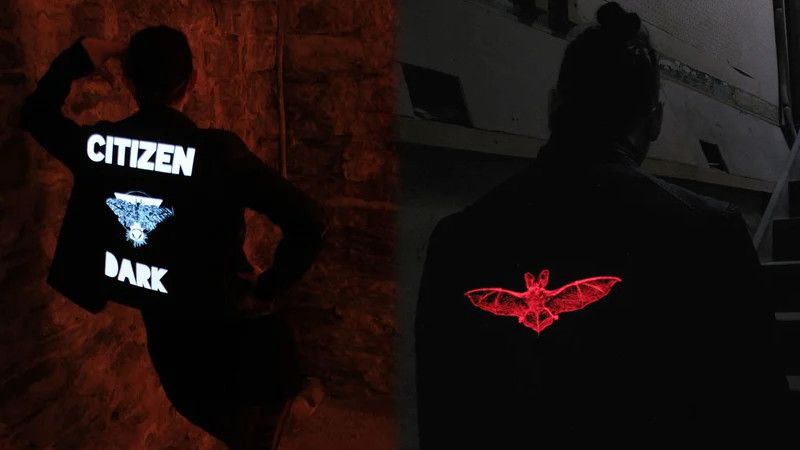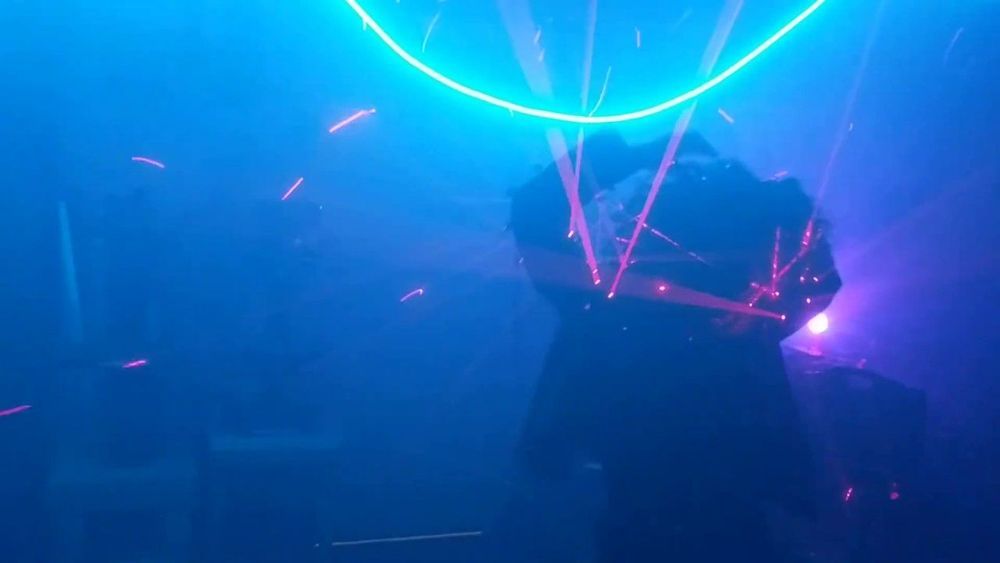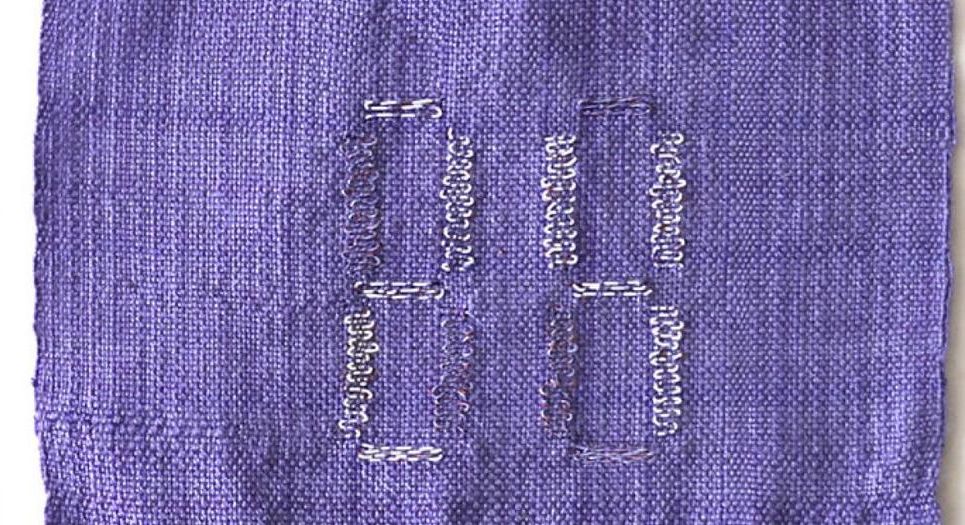A study out of John’s Hopkins University published by Dr. Robert Yolken, MD, and colleagues late last year have found a possible biomarker for schizophrenia. Biomarkers are extremely important to help diagnose disease, yet very few exist for psychiatric disorders. You cannot take a blood test to diagnose depression, for example. The current study found that schizophrenics carry a high level of a certain antibody produced in response to Epstein–Barr virus (EBV), a type of herpes virus that can lead to infectious mononucleosis (aka “mono” or “the kissing disease”). The schizophrenic patients in this study had a greater immune response to EBV-viral capsid antibody (VCA) compared to controls.




